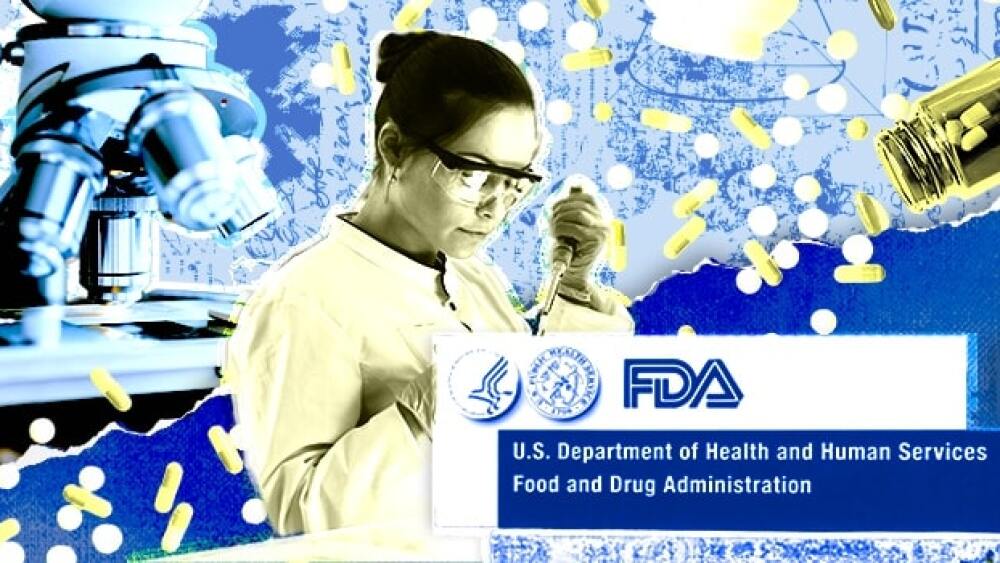BioSpace spoke to HR leaders about how they have been supporting companies navigating a challenging economy while meeting the needs of the workforces they support.
BioSpace is proud to be a media partner of LEAP HR Life Sciences: West, taking place May 13-15 in San Diego. Registration for the event is here.
In BioSpace’s 2024 Employment Outlook report, we noted intensified competition in the biopharma job market and anticipated more modest hiring throughout the first half of 2024 compared to previous years. Sure enough, many are still feeling the effects of layoffs—despite many companies maintaining hiring activity and other positive indicators of an improving economic climate.
Given market fluctuations, HR leaders have had their plates full as biopharma organizations navigate the economic and political landscapes. Ahead of the upcoming LEAP HR Life Sciences: West, BioSpace spoke to several HR executives who will present at the conference to learn where they have been focusing their attention and efforts as they balance the needs of the business with those of its workforce.
Communication and Transparency
In an industry that has been facing a lot of volatility and strings of layoffs, transparency offers benefits and difficulties. “The biggest challenge we had is the communication piece,” said Stacy Solorio, chief people officer at Karius. “As soon as you tell the organization you’re fundraising, they want updates all the time.”
The difficulty is balancing communication within the organization and how transparent leaders can be. Even after a successful raise, it remains important to manage workforce expectations, particularly when it comes to adding resources or hiring, Solorio noted. “We have a plan, and we’re going to stick to that plan.”
Kate Aiken, chief people officer at Arcellx, explained that it’s important to share the good news as well as the challenges and keep people attuned to what is going on in the business. “Even if there’s not splashy news to communicate, you still want to share updates and have leaders sharing what’s on their mind and where their focus is.”
Supporting Career Development (With Limited Budgets)
YulyMae DiNapoli, vice president of human resources at Cytokinetics, said that after the disruption of the pandemic, the company is refocusing on talent and leadership development. One of the top two reasons people leave their organization is that they don’t feel like they can grow and develop, she said. This led Cytokinetics to look at mentorship programs, which their employees expressed interested in. After running a pilot program last year, the company is launching its first mentorship cohort next month.
Sometimes, give and take is required. Despite continuing to announce promotions and pay merit bonuses, Solorio said career development was an area where Karius had to make some adjustments. The company is focusing on career conversations and empowering employees to raise discussions that will support their development.
“A lot of times, that’s just informing around career ladders,” Solorio said. “What’s required for that next position? How does the organization make promotion decisions? What’s our promotion criteria?”
Measuring Success
“Do more math.” That’s the advice of Robert Buckley, chief people officer at Enveda Biosciences. Buckley is an advocate for quantifying success—and that starts with numbers. When it comes to candidate experience, onboarding and employee experience, it’s important to use surveys and collect data. Metrics will vary depending on the organization.
Once HR has defined its framework and decided what’s important, it can start defining success through measurements. It’s best to do it from the start, but for organizations who are just starting to look at data, the directive is clear: “Just start counting,” Buckley said.
Hybrid Work Culture
The pandemic feels very much in the past, but its impact on work culture lingers. Hybrid work culture is an ongoing negotiation as companies continue to shift toward more on-site and less remote work.
Bryan Gillespie, vice president of human resources at Dermavant Sciences, described how his company built a virtual organization, having already been decentralized from its parent company. Even so, it takes effort to make it work, he said. “There’s a whole set of things we take people through when they get hired that are about remote relationships—driving business even though you’re not in person.”
Some organizations that didn’t have the precedent in place are still coping with the challenges of bringing people back on site with more frequency.
“There’s still this constant conversation about remote versus on-site work that every company is having to deal with. . . . That’s still a struggle,” Gillespie said. “I figured we would have gotten through that, but there are so many people that want that flexibility in their work life.”
DiNapoli mentioned that key challenges are people that left the local area and relocated during the pandemic and bringing in certain functions that were offered much more flexibility. Cytokinetics employs a hybrid approach, hiring people with the intention for them to be on site three days a week, including two core days and three days total in the office.
The data certainly reflect the growing desire to hire local candidates. In a BioSpace survey, more than a quarter said they are focused on only hiring local candidates, up 15% from last year. Additionally, 57% indicated they prefer hiring local candidates but would consider remote hires for certain roles—a 38% increase compared to last year. And those who will recruit and hire remote employees regardless of location? Only 16%, down 48% from last year.
Grappling with Evolving Tech and AI
Artificial intelligence (AI) has been a key point of discussion at industry events throughout the year and with HR professionals.
“We just don’t know what to do with it at this point,” Gillespie said.
HR leaders are waiting to see how the use of AI will impact drug discovery and, in turn, how that will impact the workforce, the demand for certain skills and hiring.
“There’s probably more questions than answers,” Aiken said. “What impact does it have or will it have on my business? And then how do I as an HR leader think about how to leverage this amazing tool, maybe to create experiences for our team members that are very customized or that help accelerate their productivity or their learning? I think that’s a huge topic that we’re very interested in. People are getting very obsessed about it.”
DiNapoli is also wondering how to leverage AI: assessing how technology and AI can enhance efficiency—for example, in scheduling interviews—and the overall employee experience, thereby enabling HR professionals to spend more time on partnering with the business.
The Election
Another key theme that will dominate how leaders navigate 2024 is the upcoming U.S. presidential election.
“All of our businesses are at a challenging point because it’s an election year,” Gillespie said. “It’s challenging the economy.”
Solorio agreed that “it’s going to be an interesting time. “I don’t advocate for talking about politics at work, but I think it’s something sensitive that heads of HR need to pay attention to, and how the stress of it being an election year might have an impact on employees.”
Given ongoing discussions on the impact different administrations may have on the industry, it’s no surprise the election is top of mind as HR balances business needs and workforce engagement.
Looking ahead to LEAP
When asked what they are most looking forward to discussing at LEAP, there was resounding agreement: it’s an opportunity to learn from others who have gone through the similar growing pains.
Solorio will be looking for ways to continue improving for 2024, noting, “We’re not doing more, we’re doing better.”
Aiken said, “I’m always looking to what I can add to the playbook.” Similarly, DiNapoli is looking to gain understanding around best practices and innovative things people have tried. “I think LEAP is one of the best conferences because it is within our industry,” she said.
Gillespie noted the event provides a chance to be thoughtful.
“We’re so busy taking care of everyone else, so, it’s really that opportunity to step away from the business . . . and take something back that helps me grow, helps my team grow and then helps the company grow.”
BioSpace is proud to be a media partner of LEAP HR Life Sciences: West. The 2024 edition of this event will be taking place in San Diego, CA, May 13-15, showcasing 25+ case studies of how dynamic life sciences organizations are transforming employee engagement and leveraging agile talent management strategies to attract and retain key talent. Registration for the event is here.
Chantal Dresner is the vice president of marketing at BioSpace. She analyzes and reports on industry trends including jobs and hiring, diversity, equity and inclusion, and compensation benchmarking. You can reach her at chantal.dresner@biospace.com. Follow her on LinkedIn.






